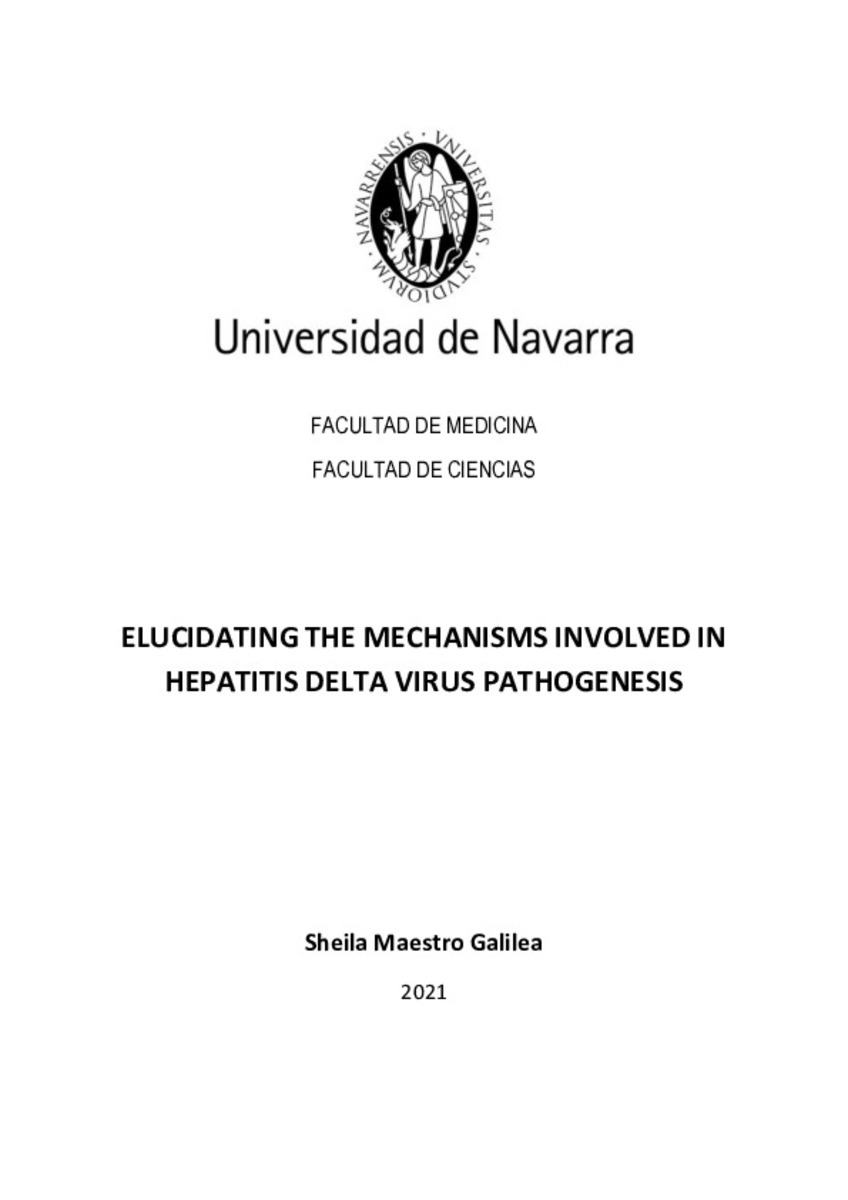Elucidating the mechanisms involved in Hepatitis Delta virus (HDV) pathogenesis
Palabras clave :
Materias Investigacion::Ciencias de la vida::Genética
Ingeniería genética
Materias Investigacion::Ciencias de la vida::Virología
Fecha de publicación :
9-jul-2021
Fecha de la defensa:
12-mar-2021
Editorial :
Universidad de Navarra
Cita:
MAESTRO GALILEA, Sheila. “Elucidating the mechanisms involved in Hepatitis Delta virus (HDV) pathogenesis". González, G. y Aldabe, R. (dirs.). Tesis doctoral. Universidad de Navarra, Pamplona, 2021.
Aparece en las colecciones:
Estadísticas e impacto
0 citas en

0 citas en

Los ítems de Dadun están protegidos por copyright, con todos los derechos reservados, a menos que se indique lo contrario.








